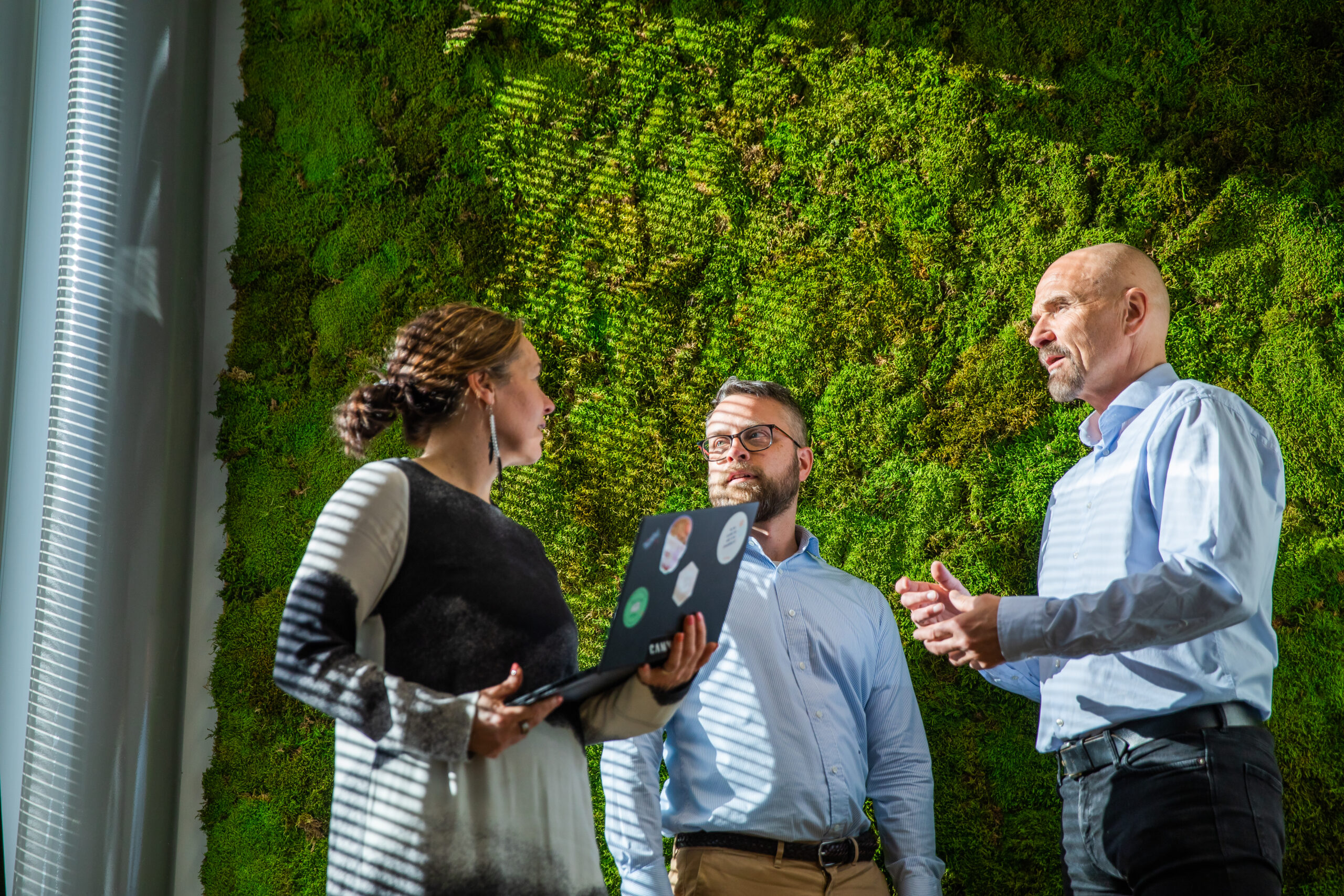The product development competition is often won by those who bring the most functional, efficient, and responsible product to the market swiftly, taking into account current regulations. Industrial machines and equipment are becoming more complex and intelligent all the time. Technology often evolves faster than human behaviour. Digitalising the product lifecycle presents a significant opportunity to streamline the product development process since digitalising the product lifecycle requires changes not only in technology but also in the way people think and act to succeed.
Idea, drafting, prototyping, development, and into the market – is that how it goes…? Unfortunately, many organisations only realise the need for the digitalising product lifecycle when the product already exists. In this case, the untapped potential of product development results in missed opportunities for the benefits of digitalisation, such as simulation, model-based design, and user testing.
Digitalising the product lifecycle can enhance product quality, user experience, and speed up time-to-market. Building physical prototypes can be virtualised, allowing various professionals in different stages of product development to work on the same prototype almost in real-time.
Success in the digital lifecycle of a product is a journey of change and a leadership question
Many organisations have long-standing traditions in the product development process, and their methods may have evolved over time. In certain industries, the product development process is also closely regulated by legislation or ethical guidelines.
However, the industry is facing significant changes. The strongly advocated Industry 5.0 by the EU is based on the idea that we are currently experiencing the fifth industrial revolution. In this vision, humans work alongside advanced technology and AI robots. Through smarter processes, work becomes more productive and responsible. More is produced with less waste, and data is utilised on a broader scale. In this vision, humans are at the center of work.
While technology enables various possibilities, ultimately, it is people who use systems, devices, and machines. In the organisation’s journey of digitalisation, it’s not enough to just step on the gas, as digitalisation inevitably reshapes work methods and processes. This requires not only learning new things but also unlearning the old.
The business benefits targeted by digitalisation only materialise when people start acting in a new way. Adopting new practices requires awareness and understanding of what is changing and why. People need the opportunity to learn new ways of working and time to let go of old practices. Time is also needed for meaningful, supportive, and guiding discussions, as changing behaviour is often an emotional task. And because humans are not machines, time must be allowed for the brain to assimilate and integrate new practices into everyday life.
Designing, manufacturing, and managing the digital core in a physical product
Trust the power of habit, embrace the new boldly
When we identify an emerging change, it is worth embracing it. Embracing the new often requires tolerating uncertainty and adopting a bold culture of experimentation. Digitalising the product development path is an opportunity to flex and enhance its process, but it doesn’t happen overnight. Digitalisation requires a conscious decision, resources, and commitment. The digitalisation of the product development path starts with its critical evaluation: how genuinely are we leveraging digitalisation, and where can we improve?
We want to contribute to advancing the digitalisation of product lifecycles. That’s why we have compiled a list that can be used to evaluate the digitalisation of your own product development process:
- Does everyone in your organisation share the same vision for the direction of product development? Do your processes support collaboration, or do you identify silos in your work?
- Is the digital model of the product already utilised when making business decisions, on the design table, or even before conceptualising the product?
- Do professionals involved in product development have access to simultaneously view and inspect the same prototype or model? Could a virtual prototype replace a physical prototype standing in the hall?
- How are changes introduced and implemented in your organisation? Do people know what is changing and why? Is the progress of change measured?
- How is the resilience of people taken care of in the middle of changes? Are people genuinely given space for their emotions during your journey of change?
This list should help you to get started. What comes to your mind?



